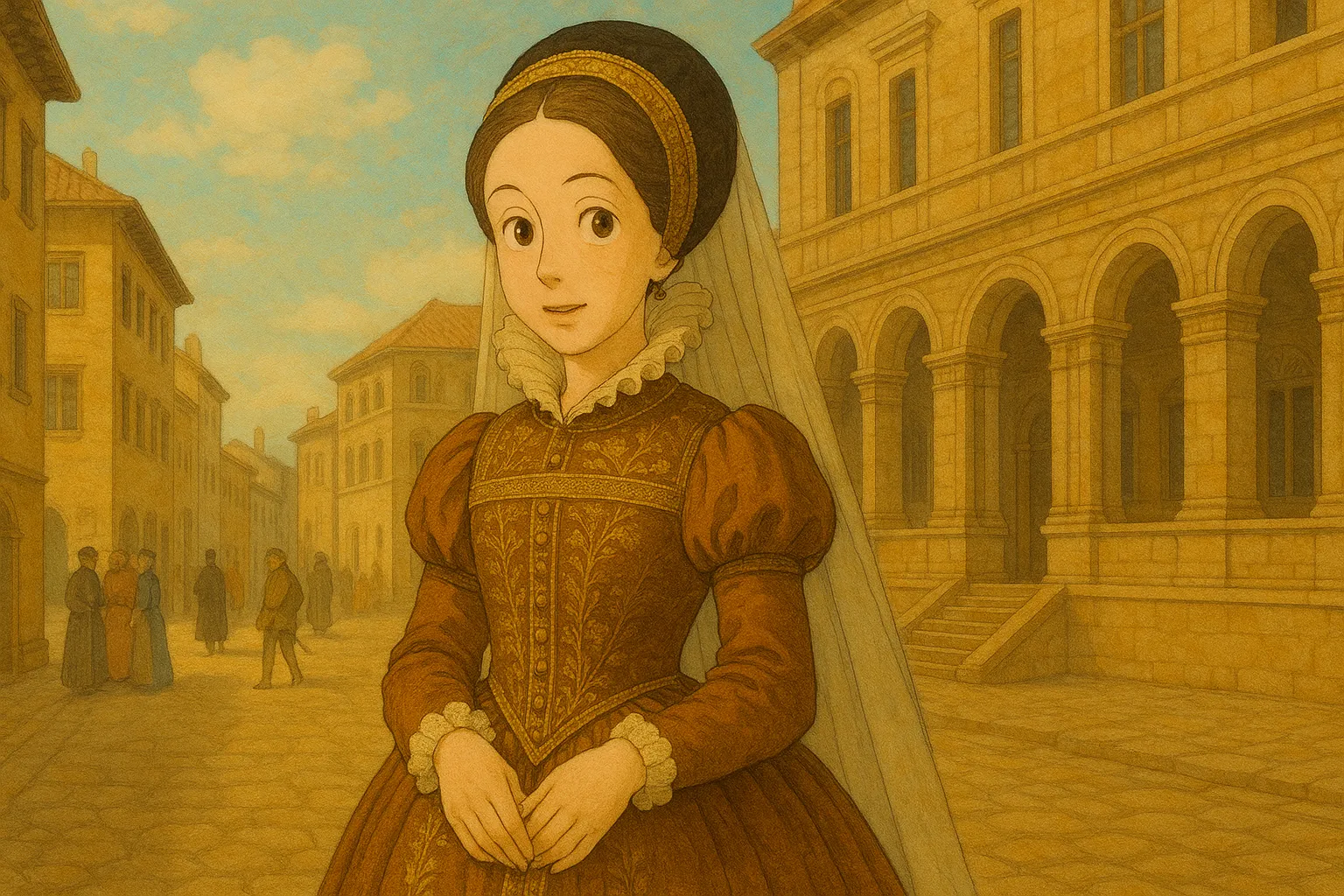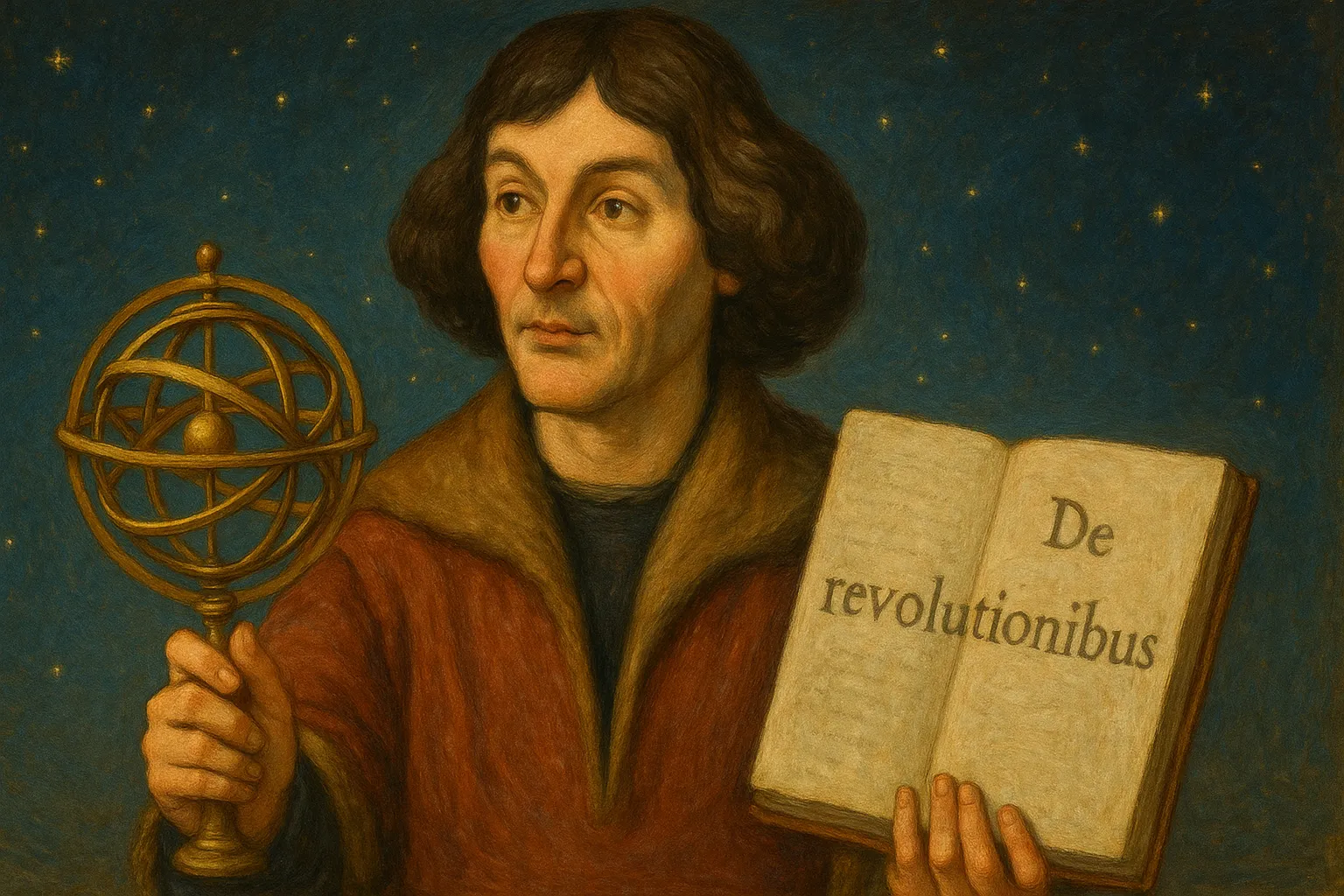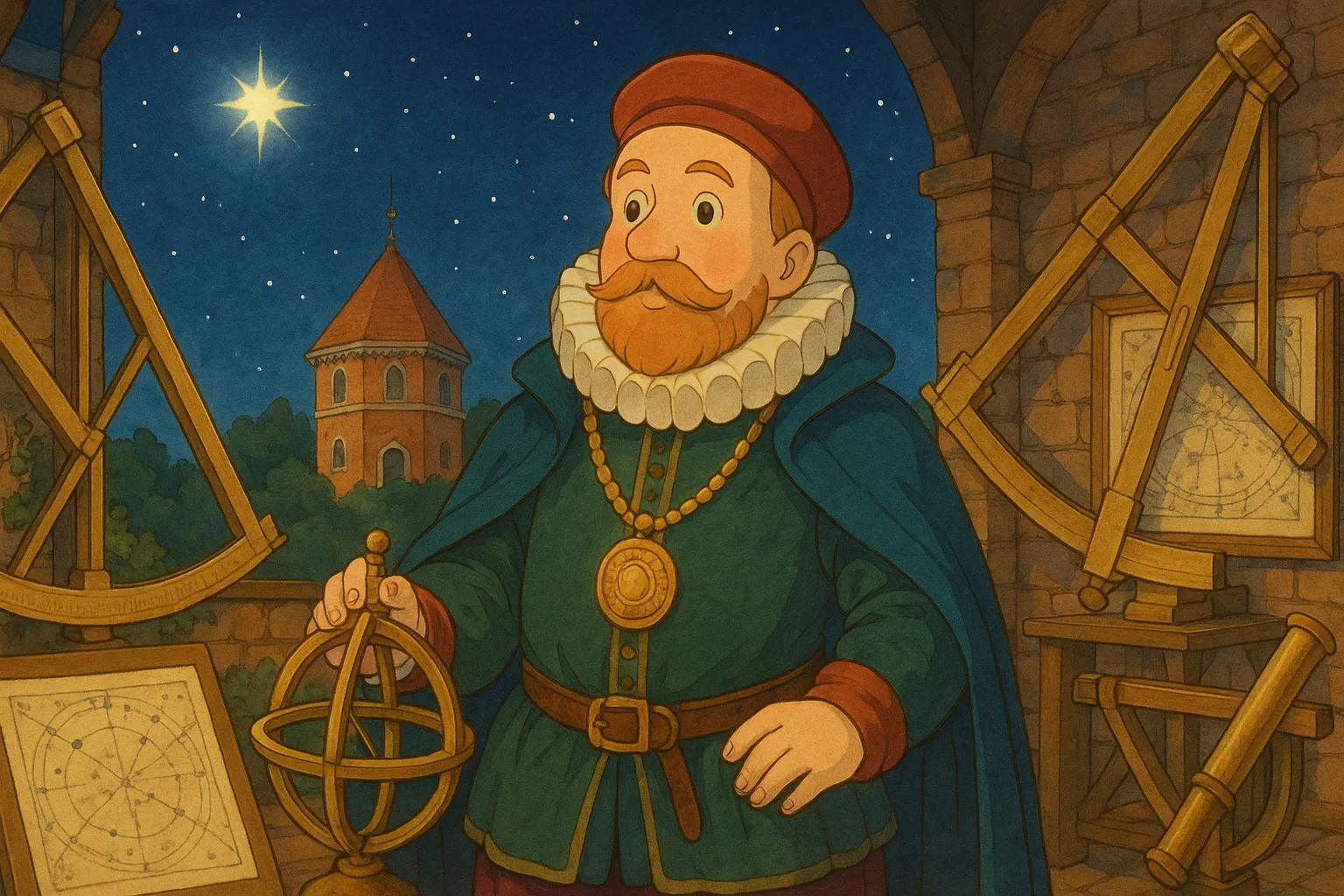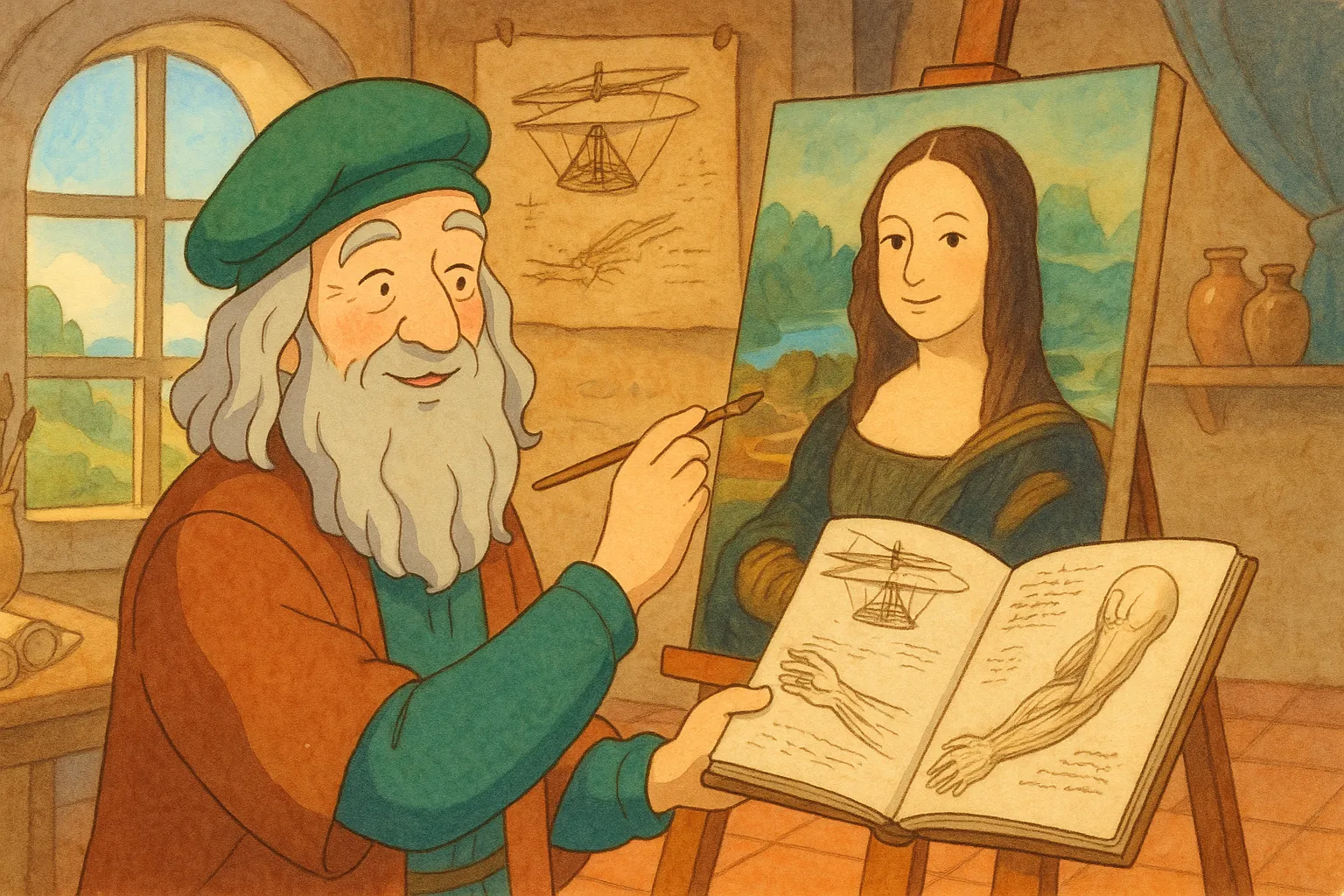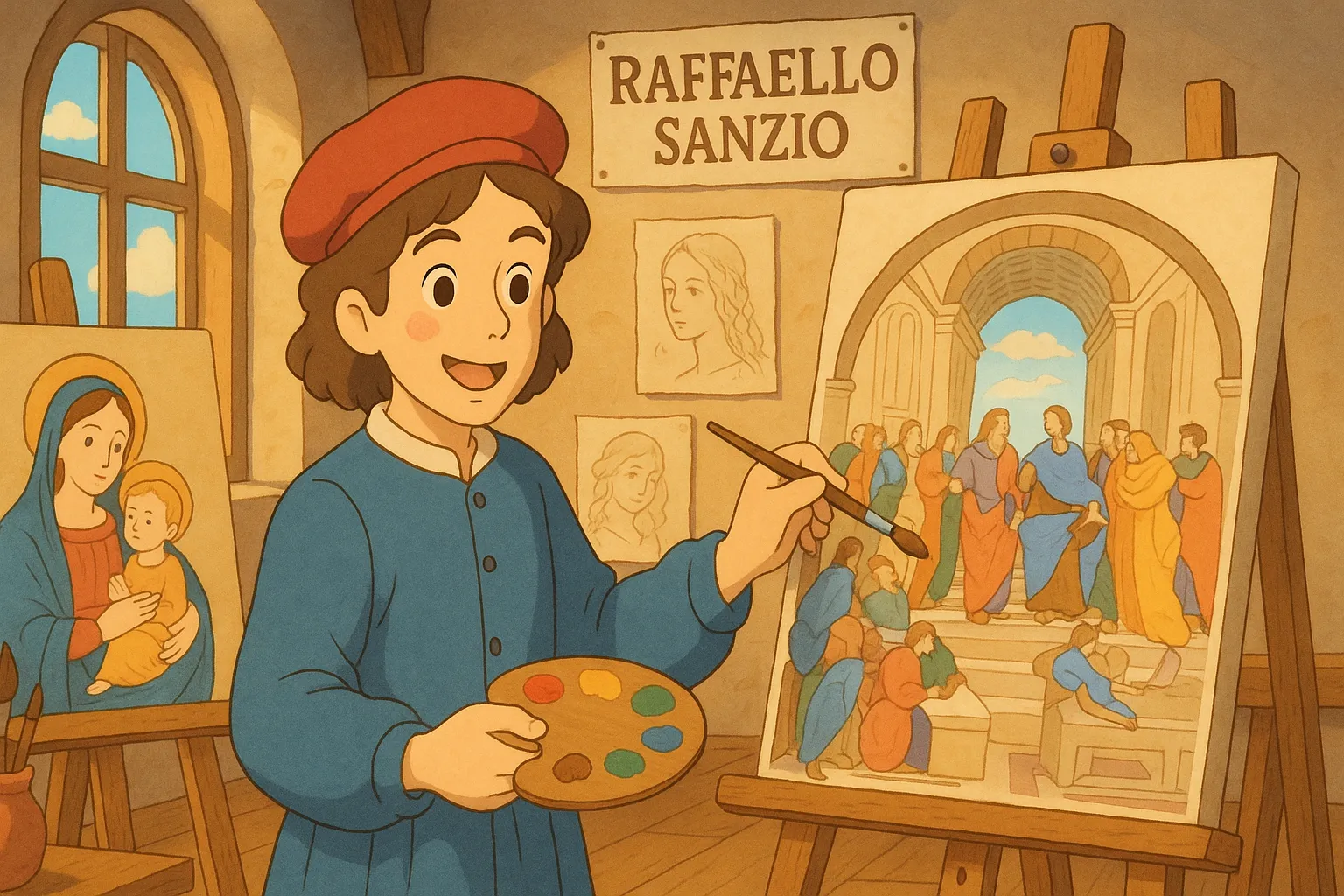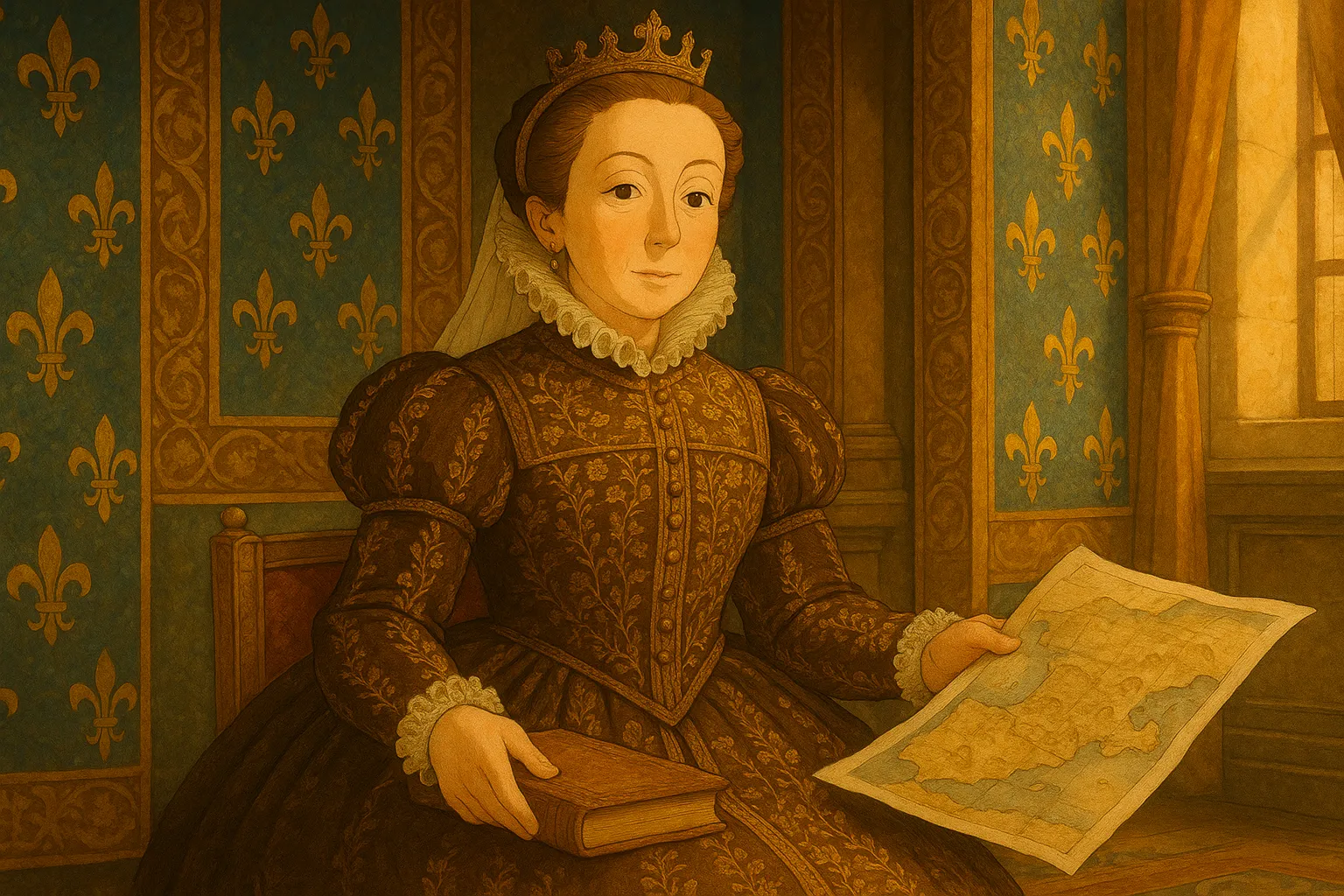
Frequently Asked Questions
Where was Catherine de' Medici born?
She was born in Florence, Italy, in 1519 into the powerful Medici family.
How did she become Queen of France?
She married Henry II of France in 1533 and became queen consort when he became king in 1547.
What does 'regent' mean?
A regent rules on behalf of a monarch who is too young or unable to rule. Catherine acted as regent for her sons at times.
Was she responsible for the St. Bartholomew's Day Massacre?
Historians still debate her role. The massacre happened while she was politically active, but how much she planned it remains uncertain.
Did she have children?
Yes. Catherine had ten children; three of her sons became kings of France: Francis II, Charles IX, and Henry III.
